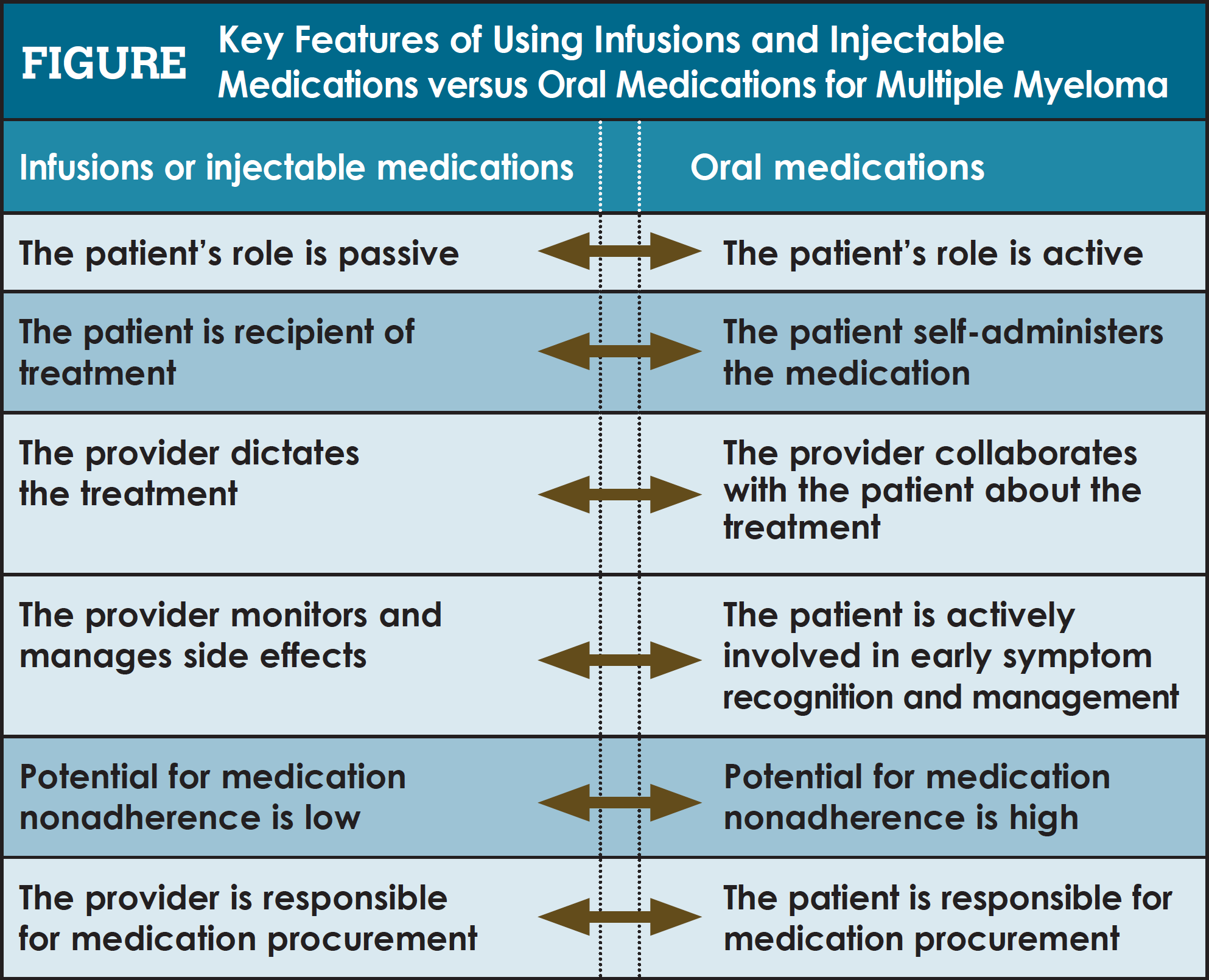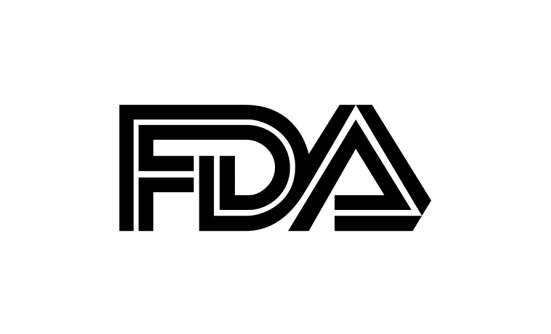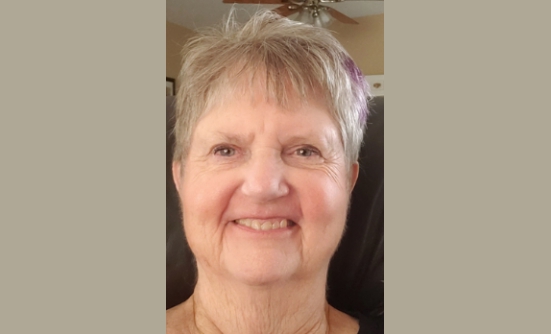Over the past 10 years, treatment options for patients with multiple myeloma have increased dramatically. These advances have resulted in improved survival rates for patients and an increased focus on the patient’s quality of life that have fueled the important development and use of oral treatments in recent years, a trend that is expected to continue. The oral therapies that are currently approved by the FDA for the treatment of patients with multiple myeloma include Thalomid (thalidomide), Revlimid (lenalidomide), Pomalyst (pomalidomide), and Farydak (panobinostat), and other drugs are still in development.
Oral therapies offer patients with multiple myeloma several benefits, such as the ease of administration and the convenience of taking the treatment at home, which translate to fewer visits to the care facility, less disruption to daily activities, and better overall quality of life.1 Being able to self-administer their oral medications also provides patients a positive sense of control and empowerment.1 However, the introduction of oral cancer drugs has also posed unique challenges compared with the office administration of traditional, infused, or injectable medications, and has altered the delivery of oncology services for patients with multiple myeloma.
This article outlines how these changes affect patients with multiple myeloma, and how they can work with their oncology care team to achieve the best treatment outcomes.
Challenges Associated with Oral Cancer Therapies
Barriers to Medication Adherence
Foremost, oral cancer drugs for multiple myeloma have changed the roles and responsibilities of oncology providers, as well as for patients, in terms of the administration of medication (Figure).1

When providers are responsible for the administration of intravenous or injectable medications, the office setting allows for strict control of the dosages and ensures that patients receive their treatments as prescribed. However, with oral medications, the burden is shifted from the provider to the patient, who is now responsible for taking his or her medications as prescribed by the physician. The extent to which a patient follows the doctor’s prescribing instructions is called “adherence.”2
Adherence encompasses many aspects of medication intake, including whether the correct drug is taken, whether the right amount of the medication is taken, if the drug is taken at the prescribed time, whether and how often the patient follows the prescribing instructions, and whether the treatment is being taken for the prescribed length of time. Evidence from studies on chronic diseases shows that patients do not always take oral medications as prescribed.2 It has been reported that lack of medication adherence by patients ranges from approximately 20% up to 100%.2
These percentages are disturbing, because a medication can only be effective if it is taken in the right amount and at the right time.1 Nonadherence to prescribed therapy has serious consequences and is a major contributor to reduced medication effectiveness, poor quality of life, more disease complications, increased hospitalizations, and worse overall patient outcomes.3 Therefore, for oral cancer therapies for multiple myeloma, following a physician’s prescribing instructions in terms of time and dose is of paramount importance to achieving the best results.
Although patients often intend to adhere to their oral medications, there are many reasons why they do not take them as prescribed.1 The side effects of the medication or complicated treatment regimens can cause lack of adherence to oral medications. Some patients skip doses or take smaller doses of their medication because they cannot afford it if they have no health insurance, or because of the high cost of the medication, or because they have limited access to healthcare facilities and/or to a pharmacy.
Other patients simply forget to take their medications because of older age or for other reasons, or because they take several medications for multiple myeloma or for coexisting conditions. The average medication adherence rate in older patients is estimated to be less than 45%.3 Some patients lack a support system either from family or a social support network, or they have inadequate supervision, which could contribute to their nonadherence. Moreover, patients receiving long-term treatment have nonadherence rates of about 50% and are more likely to be nonadherent to their medication.3
In some cases, patients’ beliefs and perceptions about their disease and treatment lead to nonadherence.1 Some patients do not fully understand the risks for disease progression when a medication is not taken as prescribed, and they may not comprehend the severity of their disease and the need for medications to control their disease. Some patients may have the misconception that missing a few doses now and then will not impact their disease.
Patients may not see value in their medication’s ability to control their disease, or the medication’s side effects may prompt some patients to stop taking it. Some patients may become more complacent with their medication schedule when they erroneously equate disease without symptoms with cure. Studies have shown that the greatest nonadherence occurs when patients are symptom-free.3
Side-Effect Management
Another concern that emerges with oral oncolytic therapy is that providers are unable to closely monitor their patients’ side effects, because oral drugs are taken outside of the office setting. Therefore, the onus is on patients to report any side effects that they may be experiencing in a timely manner.
In addition, the lack of regular interaction between the patient and the provider when receiving infusions or injectables may cause patients to alter the dose of an oral medication or skip it entirely, because they are unable to tolerate the side effects at the prescribed dose and they do not inform their provider. Such behavior can have harmful consequences that will affect the patient’s safety.
Financial Difficulties
Medication affordability, insurance coverage, medication costs, and timely acquisition of medication can contribute to compliance concerns regarding oral medications.1 Many oral drugs are expensive and are often subject to higher patient cost-sharing than intravenous therapies; this can translate to high copays and coinsurance. Patients who are under financial strain may be more inclined to skip or reduce their medication dosing. In the absence of regular face-to-face interactions with their provider, patients may hesitate to inform their cancer care team if they face such financial difficulties.
Drug Acquisition Difficulties
Patients receiving oral therapies are responsible for obtaining their medications, whereas the oncology care team is involved in procuring infusion and injectable medications, and patients may not be willing or equipped to handle this. Some oral medications are only available from specialty pharmacies or have other distribution limitations, which could cause delays in obtaining or refilling a prescription. One survey reported that more than 25% of patients did not get their prescription filled because they thought it was unnecessary, which could be attributable to a lack of awareness of the negative effects of nonadherence.4 However, when faced with such medication acquisition difficulties, patients may not readily approach their oncology care team for help. Such issues are less likely to occur when patients have frequent office visits with their oncologist.
Partnership Between the Patient and the Oncology Care Team
The shift in the roles and responsibilities associated with oral therapies also changes the dynamics of the relationship between the patient and the oncology care team (which may include physicians, oncology nurses, nurse navigators, and pharmacists, as noted in the Figure).
Patients are more passive recipients of treatment from the oncology care team when they receive an infusion or injectable in the office. By contrast, patients receiving self-administered oral cancer medications are required to take a more active role in their care. It is important for patients to understand that although the delivery of care has changed, this does not translate to being isolated in their struggles. The oncology care team, particularly oncology nurses and nurse navigators, play an important role in assisting patients with any challenges they face.
To achieve the best treatment outcomes, patients must engage in a partnership with their oncology care team and must develop a sense of ownership. To make the partnership work effectively, communication between patients and their oncology care team and patient education are critical.
The oncology care team assists in providing the necessary education, tools, and resources needed to overcome treatment challenges, including those related to medication adherence, side-effect management, as well as financial and acquisition difficulties.1,3 For their part, patients must be empowered through the resources provided to surmount any challenges they may face.1 The oncology care team and the patient must collaborate to create an individual treatment plan that fits the patient’s needs, daily routine, and lifestyle.1,3
Patient Education
After an oral medicine is prescribed, the patient must be educated on its key information, including what the risks and benefits are, why it is being prescribed, when it should be taken, how much should be taken and for how long, and what could happen if the drug is not taken as prescribed.3
Patients with multiple myeloma may experience medication-related side effects during treatment, and it is important that patients are not caught off guard when side effects occur.5 Patients must be aware of the drug’s most common side effects, how to prevent these side effects, information on any food or drug interactions that may cause other side effects, and how and when to contact their provider.3,5
For the overall success of an oral treatment, such information must be provided to patients by their care team, and patients must be proactive and actively request information or clarifications on any uncertainties they may have about their medication, side effects, or treatment plan.1 It is important that patients recognize side effects when they experience them and inform their oncology care team immediately so that these can be managed without reducing the medication dose or stopping the treatment.
The oncology care team and the patient must work together to identify individual barriers to medication adherence and must address them with adherence aids, reminders, and behavioral changes.1,6 To improve adherence, patients can use reminder aids, such as medication calendars or schedules that help patients take their medication on the exact days and times they need to, or pillbox organizers.6 Other helpful tools include setting a reminder alert on a cell phone, watch, or timer; using a pocket pillbox that vibrates; or using a smartphone medication reminder app.6
Patients should be encouraged to maintain accurate medication diaries to track their medication adherence so that patterns of nonadherence can be identified and addressed.1 Specialty pharmacies often use postcard reminders, calendars, diaries, and dosing sheets to promote timely refills.6
For patients who have financial difficulties and cannot afford their medication, oncology nurse navigators can direct them to financial assistance resources.1 Many drug companies, nonprofit organizations, and government agencies offer patient assistance programs that provide free or low-cost medications to patients who are unable to afford their medication, or for those who need help with their copays, deductibles, reimbursement, or insurance premiums.
Conclusion
With the continuing transition toward oral medications for multiple myeloma, it is imperative that patients and their oncology care team recognize that their responsibilities have changed, and they all embrace their new roles. In the context of patients facing the increased responsibility of maintaining their own healthcare, patient engagement in a partnership with the oncology care team is the cornerstone of achieving optimal outcomes with oral treatments. Patient education and regular communication between patients and their oncology care team are key to the success of oral treatments for multiple myeloma to promote medication adherence, proper symptom management, financial assistance, and medication acquisition.
References
- Cheung WY. Difficult to swallow: issues affecting optimal adherence to oral anticancer agents. Am Soc Clin Oncol Educ Book. 2013:265-270.
- Partridge AH, Avorn J, Wang PS, Winer EP. Adherence to therapy with oral antineoplastic agents. J Natl Cancer Inst. 2002;94:652-661.
- Jimmy B, Jose J. Patient medication adherence: measures in daily practice. Oman Med J. 2011;26:155-159.
- PR Newswire. Many U.S. adults disregard doctors’ course of treatment. Press release. April 10, 2007. www.prnewswire.com/news-releases/many-us-adults-disregard-doctors-course-of-treatment-58017692.html. Accessed October 19, 2015.
- Multiple Myeloma Research Foundation. Common side effects of multiple myeloma treatments: tips for management. www.themmrf.org/assets/toxicity-management.pdf. Accessed October 20, 2015.
- Schneider SM, Hess K, Gosselin T. Interventions to promote adherence with oral agents. Semin Oncol Nurs. 2011;27:133-141.















